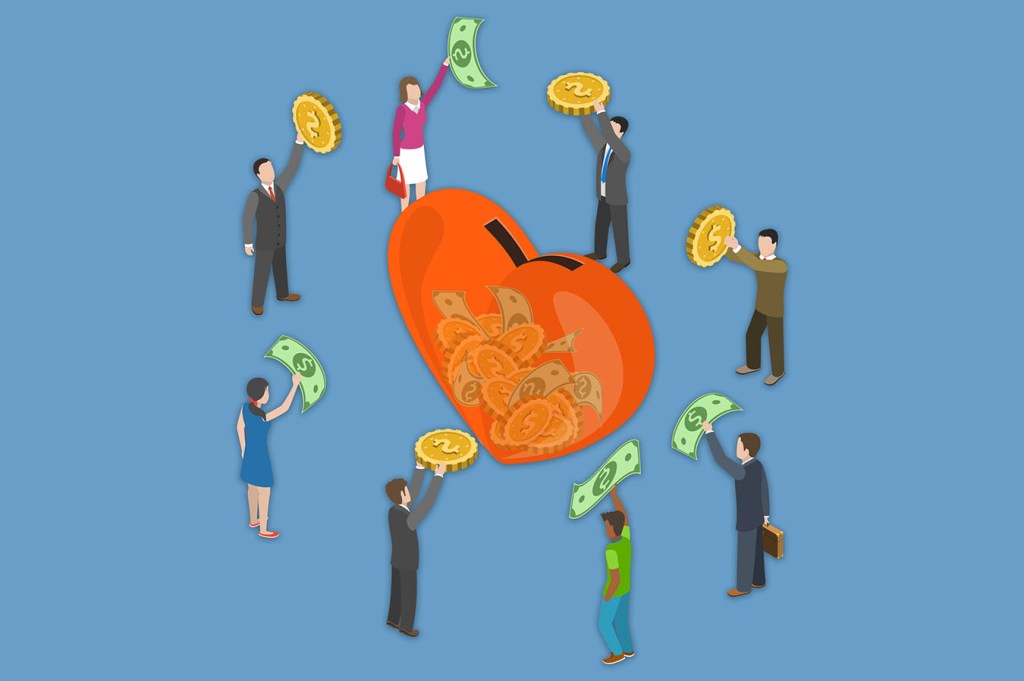Although Fox couldn’t do anything medically, she knew there was a way to ease some of the burden of medical bills and costs associated with doctor visits. She turned to the website GoFundMe and set up a site for her friend.
“You’ve got meals; you’ve got hotel stays,” she said. “And gas. So that all needed to be covered.”
Contributions came in from strangers, noted Fox, who lives in suburban Minneapolis. “It’s crazy cool how awesome people are and what they’re willing to give. People, when they come together, can just move mountains — and I think that’s awesome to see.”
GoFundMe, the largest online, crowdsourced fundraising platform, says contributors have raised more than $5 billion, all told, from 50 million donations in the eight years it has been in business.
Setting up a GoFundMe page has also become a go-to way for people in need of help to pay their doctors and other health providers. Medical fundraisers now account for 1 in 3 of the website’s campaigns, and they bring in more money than any other GoFundMe category, said GoFundMe CEO Rob Solomon.
“In the old paradigm you would give $20 to somebody who needed help,” Solomon said. “In the new paradigm, you’ll give $20, you’ll share that and that could turn into 10, 20, 50 or 100 people doing that. So, the $20 could turn into hundreds, if not thousands, of dollars.”
Stories of tragic illness and financial hardship — all of them with pictures of those suffering — are easy to find in GoFundMe’s medical section.
One such case is musician Carolyn Deal, from Marshall, N.C., who lost nearly all her hearing after a traumatic brain injury. Deal has raised nearly $25,000 for alternative treatments and procedures she would like to try that her health insurance won’t cover.
Americans’ confidence that they can afford health care is slipping, said Sara Collins, an economist at the Commonwealth Fund who studies American health care concerns. Even for conventional treatments covered under most health plans, the copays and high deductibles have left many people with health insurance they can’t afford to use.
Her organization recently surveyed working-age Americans, asking whether they felt they had the ability to pay an unexpected medical bill of $1,000 in 30 days. Nearly half said no.
“We find that underinsured people are nearly as likely to report problems paying their medical bills as people who don’t have any insurance,” she said. “And they also report not getting needed health care at rates that are nearly as high as those who are uninsured.”
So it shouldn’t be surprising that people are raising funds through crowdsourcing, Collins said. “But it really should be a deep concern for policymakers and providers.”
Solomon acknowledges that the challenges in understanding how health insurance works and the wide-ranging coverage landscape are driving interest in the site.
“There’s just a lot of cost associated with the medical space, and it has become a very important category on GoFundMe,” he said.
Until about a year ago, GoFundMe kept 5 percent of fundraising proceeds in addition to collecting a nearly 3 percent credit card processing fee. It still charges the credit card fee but no longer collects the 5 percent surcharge.
This story is part of a partnership that includes Minnesota Public Radio, NPR and Kaiser Health News.







